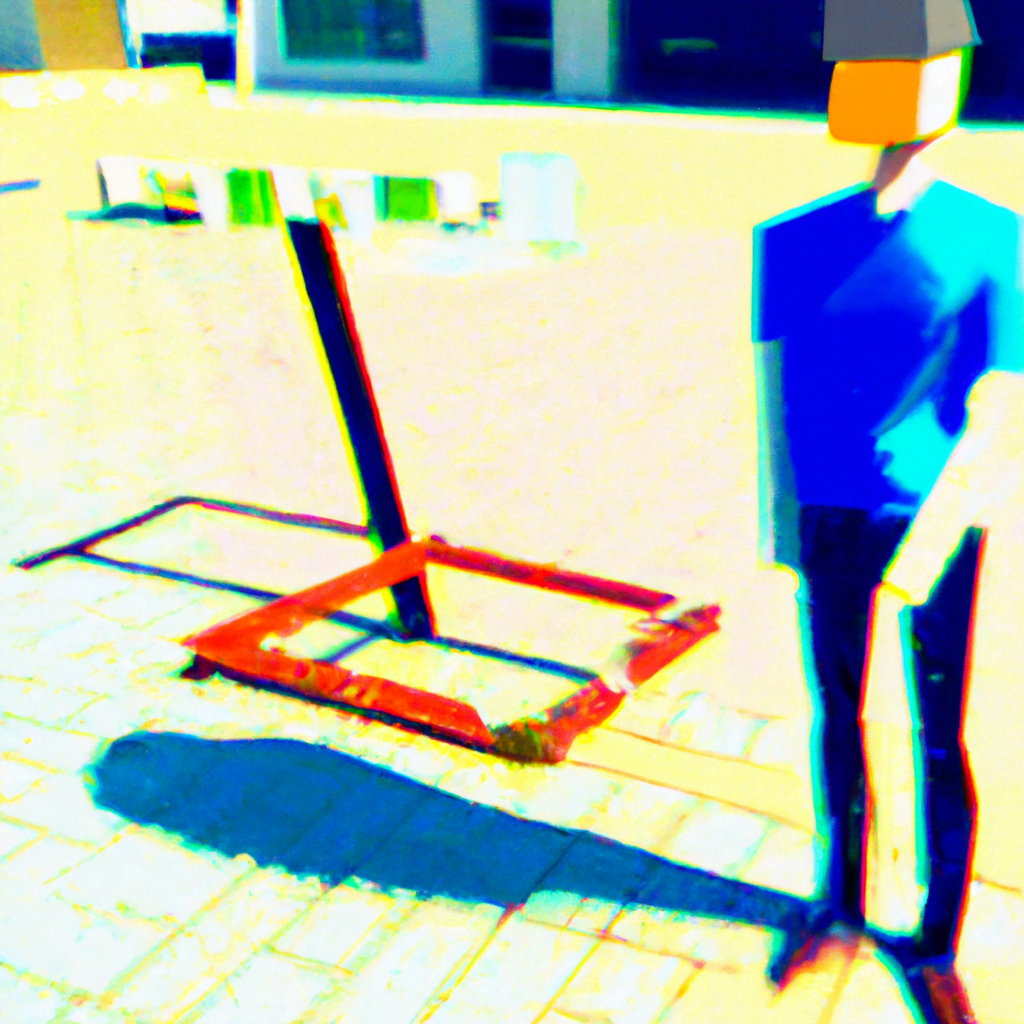Exploring the Intersection of Illustration and Animation
Illustration and animation are two distinct art forms that have long been intertwined. Both mediums have the power to captivate audiences, tell stories, and evoke emotions. In recent years, the intersection of illustration and animation has become increasingly prominent, with artists and animators finding innovative ways to combine the two. This article will delve into the world of illustration and animation, exploring their shared history, the benefits of their collaboration, and the exciting possibilities that arise when these two art forms merge.
The Shared History of Illustration and Animation
Illustration and animation have a rich history that dates back to the early days of cinema. In the late 19th and early 20th centuries, pioneers like Winsor McCay and Émile Cohl experimented with bringing illustrations to life through animation techniques. McCay’s groundbreaking film “Gertie the Dinosaur” (1914) showcased the potential of combining illustration and animation, as he interacted with a hand-drawn dinosaur on screen.
Since then, illustration and animation have continued to influence and inspire each other. Illustrators have often turned to animation to bring their static images to life, while animators have drawn inspiration from the world of illustration to create visually stunning and imaginative works. This cross-pollination has resulted in a symbiotic relationship between the two art forms, with each pushing the boundaries of what is possible.
The Benefits of Combining Illustration and Animation
The intersection of illustration and animation offers numerous benefits for artists and audiences alike. Here are some key advantages:
- Enhanced storytelling: Animation allows illustrators to add movement, sound, and timing to their illustrations, enhancing the storytelling experience. By animating their illustrations, artists can create dynamic narratives that engage and captivate viewers.
- Expanded creative possibilities: Combining illustration and animation opens up a world of creative possibilities. Artists can experiment with different animation techniques, such as stop-motion, 2D or 3D animation, and motion graphics, to bring their illustrations to life in unique and exciting ways.
- Increased audience engagement: Animation has the power to capture and hold the attention of viewers. By incorporating animation into their illustrations, artists can create more engaging and interactive experiences that resonate with audiences.
- Broader reach: The combination of illustration and animation allows artists to reach a wider audience. Animated illustrations can be shared on social media platforms, websites, and even in film festivals, reaching viewers who may not typically engage with static illustrations.
Case Studies: Successful Examples of Illustration and Animation Collaboration
Several notable examples demonstrate the successful collaboration between illustration and animation. These case studies highlight the diverse ways in which the two art forms can intersect:
1. “The Lost Thing” by Shaun Tan
Australian artist Shaun Tan’s book “The Lost Thing” seamlessly combines illustration and animation. The book tells the story of a boy who discovers a strange creature and embarks on a journey to find its rightful place. Tan’s intricate illustrations are brought to life through a short animated film adaptation, which won an Academy Award for Best Animated Short Film in 2011. The combination of Tan’s evocative illustrations and the fluid animation creates a truly immersive and enchanting experience for the audience.
2. Google Doodles
Google Doodles, the animated illustrations that appear on the Google homepage to commemorate special events or individuals, are another example of successful collaboration between illustration and animation. These doodles often feature interactive elements and animations that engage and entertain users. The combination of illustration and animation allows Google to celebrate important moments in history while providing an enjoyable and interactive experience for its users.
3. “The Red Turtle” by Studio Ghibli
“The Red Turtle,” a co-production between Studio Ghibli and Wild Bunch, is a beautiful example of how animation can enhance the emotional impact of illustrations. The film, which tells the story of a man stranded on a deserted island, features stunning hand-drawn illustrations that are brought to life through subtle and nuanced animation. The combination of the delicate illustrations and the fluid animation creates a deeply moving and visually captivating experience for the audience.
The Future of Illustration and Animation
The intersection of illustration and animation holds immense potential for the future. As technology continues to advance, artists will have access to increasingly sophisticated tools and techniques to merge the two art forms. Virtual reality (VR) and augmented reality (AR) offer exciting possibilities for combining illustration and animation in immersive and interactive experiences.
Furthermore, the rise of social media platforms and online streaming services has created new avenues for artists to showcase their animated illustrations to a global audience. Artists can now share their work on platforms like Instagram, YouTube, and Vimeo, reaching millions of viewers and building a dedicated following.
As the demand for visually engaging and interactive content grows, the collaboration between illustration and animation will become even more prevalent. Artists and animators will continue to push the boundaries of what is possible, creating innovative and captivating works that blur the lines between the two art forms.
Summary
The intersection of illustration and animation offers a world of creative possibilities. By combining the storytelling power of illustration with the movement and engagement of animation, artists can create immersive and captivating experiences for audiences. The shared history of illustration and animation has resulted in a symbiotic relationship, with each art form inspiring and influencing the other. Successful collaborations, such as Shaun Tan’s “The Lost Thing” and Google Doodles, demonstrate the potential of merging illustration and animation. As technology advances and new platforms emerge, the future of illustration and animation looks bright, with artists poised to create even more innovative and visually stunning works.
